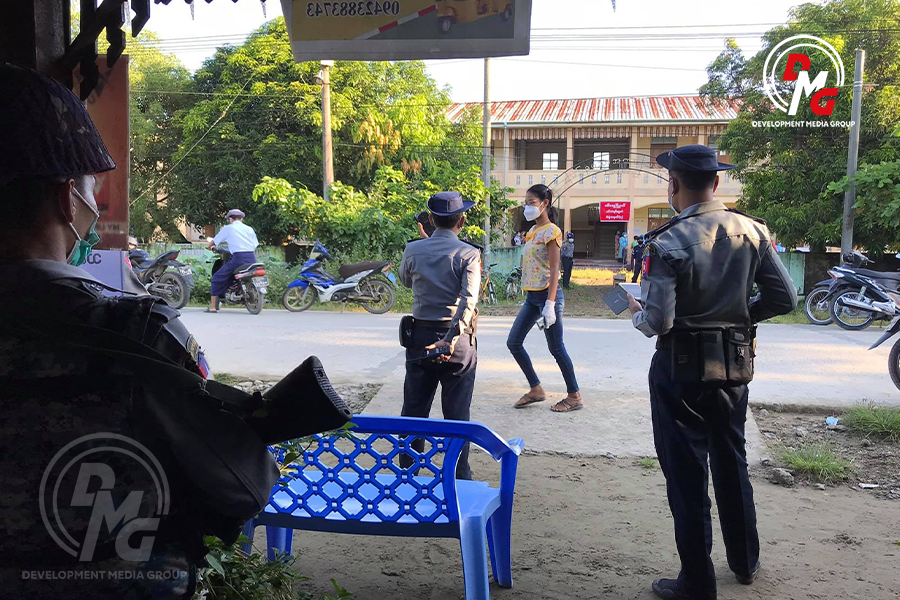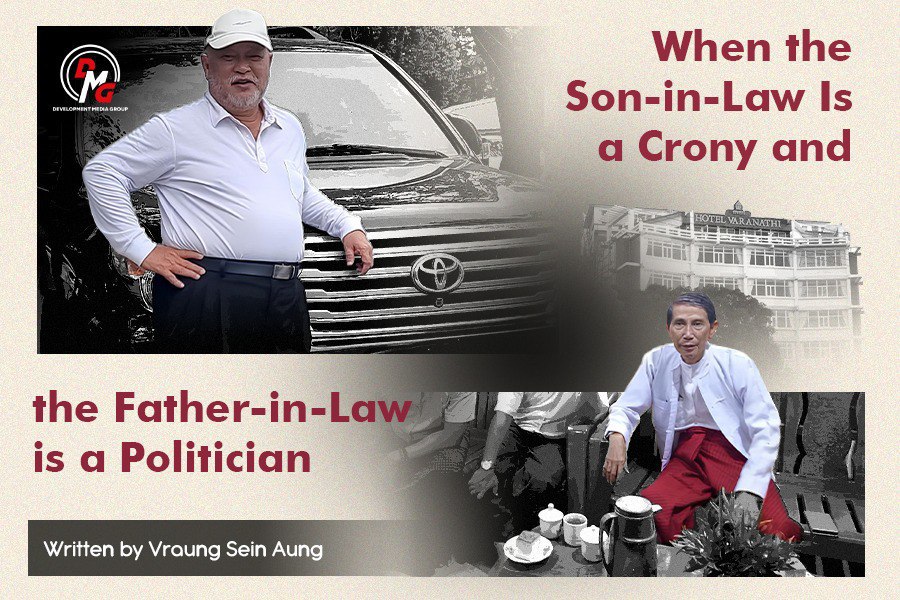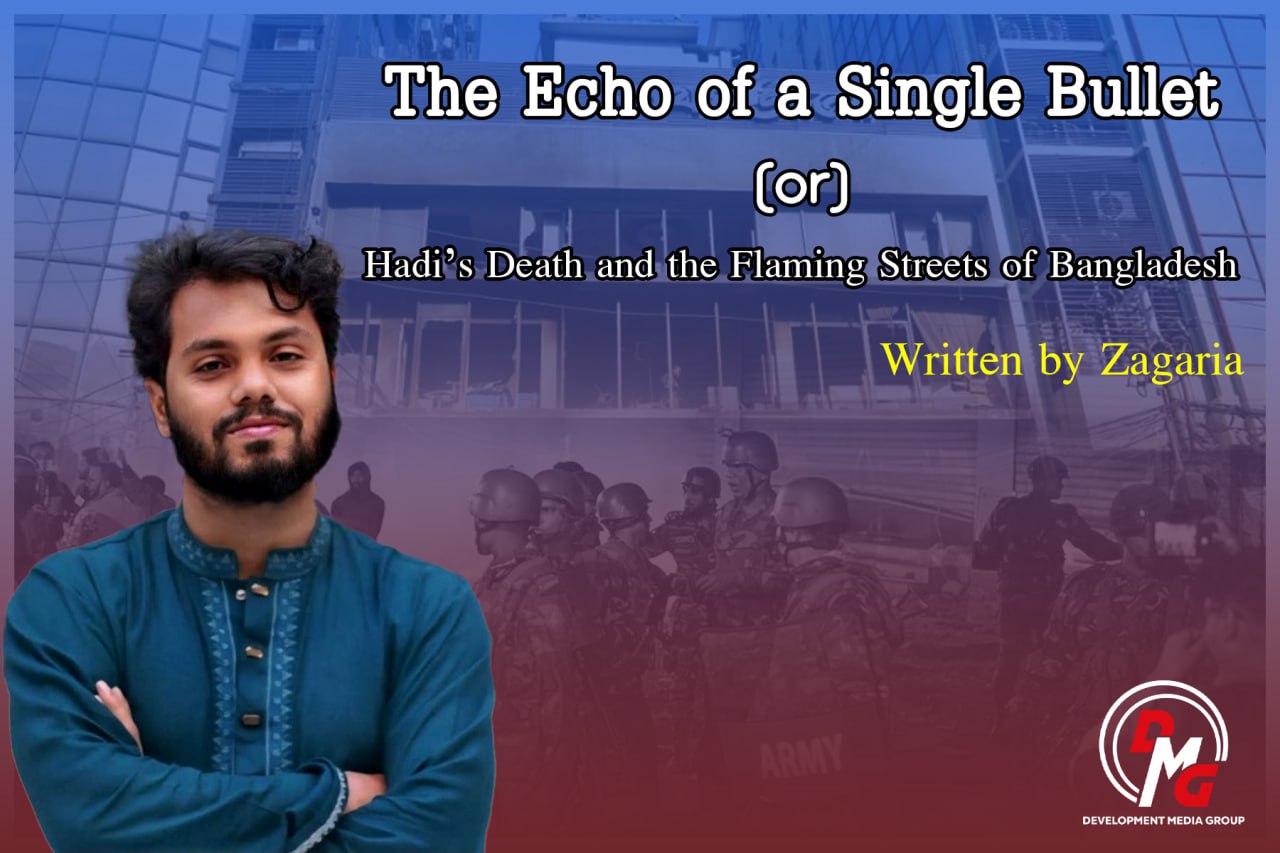- Junta unable to hold elections in dozens of wards and village-tracts in Sittwe, Kyaukphyu
- Fighting escalates between Myanmar military, Arakan Army in Ayeyarwady Region
- Regime steps up civilian arrests in Sittwe
- ULA safeguards Mrauk-U's ancient heritage
- Arakan on the Edge: What the DMG Landmine Impact Report Reveals About Myanmar's Deepening Humanitarian Crisis
Drumbeats of War Leave Arakan on Edge
Over the past year, the AA has consolidated its control of large parts of Arakan State, strengthening its administrative grip — complete with a judicial system and police force separate from the junta’s own. Operating alongside the regime’s administration, perhaps it was inevitable that the AA and its political wing, the United League of Arakan (ULA), would find themselves on a collision course with the military.
01 Jul 2022
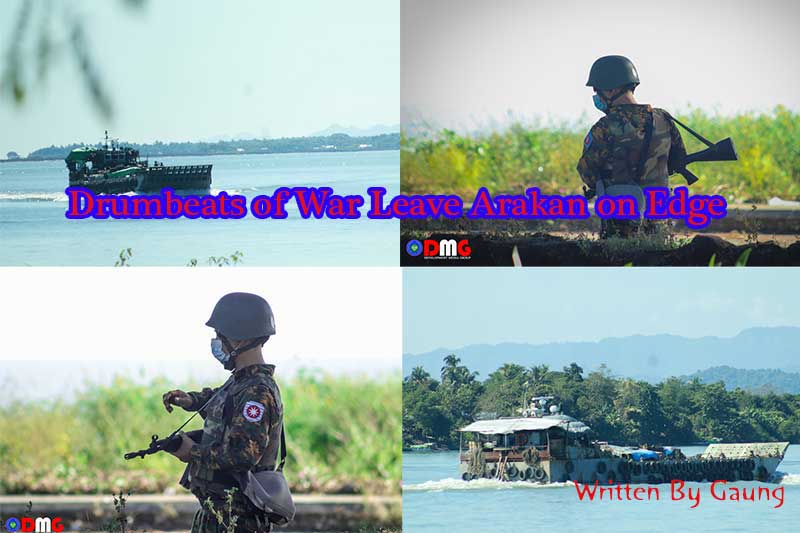
Written By Gaung
Arakan State is edging closer to a return to conflict as the relationship between the Arakan Army (AA) and Myanmar’s military regime has steadily deteriorated since the ethnic armed group rejected peace talks invited by the junta, and instead met with ministers of the parallel National Unity Government (NUG).
Over the past year, the AA has consolidated its control of large parts of Arakan State, strengthening its administrative grip — complete with a judicial system and police force separate from the junta’s own. Operating alongside the regime’s administration, perhaps it was inevitable that the AA and its political wing, the United League of Arakan (ULA), would find themselves on a collision course with the military.
The regime has been searching and arresting individuals working for the AA’s administrative branch, blocking supply routes, and threatening Muslims who allegedly have ties to the AA. At the same time, it has been increasing its military presence in Arakan State, bringing in troop reinforcements, artillery, and even a submarine.
“By brandishing the submarine, Myanmar’s military is signalling that it is prepared to fight an all-out war if something [bad] happens,” AA spokesman U Khaing Thukha said at a press conference on June 14.
An informal ceasefire reached ahead of November 2020 elections ended two years of often-intense fighting between the two sides. Except for a few skirmishes, relations between the two sides appeared to have improved significantly in 2021. An AA delegation attended Union Day celebrations organised by the regime, and the regime provided Covid-19 vaccines and released prisoners of war.
Growing Tensions
This year, it has been a different story. The two sides have been abducting each other’s personnel as military tensions grow. The AA abducted eight junta soldiers in Kyauktaw, Ponnagyun and Sittwe, and three policemen in Mrauk-U and Ramree townships, between June 11-23.
“Yes, we have detained a few Myanmar military personnel lately. It is because the Myanmar military detained our members first,” U Khaing Thukha told DMG.
The AA spokesman had previously said the Arakanese ethnic armed group would release junta personnel if the regime released AA members.
The regime has also detained dozens of civilian residents in townships where the AA has abducted junta personnel. Seven residents were detained in Ponnagyun. And at least 20 residents each were detained in Mrauk-U and Kyauktaw. Some of them have been released, but the number is still unknown. Observers believe that clashes could break out at any time in Arakan State.
“The latest developments are an omen that renewed conflict will happen in Arakan State,” said political analyst U Than Soe Naing.
The AA now claims to have more than 30,000 soldiers. In terms of size, that would put the AA on par with the United Wa State Army (UWSA), the most powerful ethnic armed organisation in Myanmar.
After the informal ceasefire toward the end of 2020, the AA used the cessation in hostilities to systematically build up its army. The armed group has established new military commands and also strengthened its battalions.
“The strength of the AA is it enjoys the popular support of the Arakanese people,” said U Pe Than, a political observer and former MP. “It has thousands of troops, many of whom are young people with strong combat capabilities. And they are fighting in their homeland; they have comprehensive knowledge of the terrain, which is an advantage to the AA.”
The regime might by now be exhausted from fighting wars on multiple fronts, with both People’s Defence Forces (PDFs) and ethnic armed organisations that have come out against the coup over the past 17 months. But the regime has its own advantages, notably a Navy and Air Force, and an Army equipped with powerful artillery.
“The regime can fire long-range artillery from hills. But I think the submarine was just to show off its assets. However, again, it may be used to transport weapons. And they have the aerial advantage,” said U Pe Than.
Details about the AA’s weaponry are not well known. But information from ground sources suggests that its supplies of arms and ammunition are more than adequate to sustain a lengthy conflict. The AA has even supplied arms to resistance groups including Bamar PDFs and the Chinland Defence Force.
In an interview with The Irrawaddy last year, AA chief Major General Twan Mrat Naing said he was planning to build an ordnance factory in Arakan State. Perhaps the armed group has already built one by now, because the newly formed PDF resistance groups have been able to bring assault rifles, bullets, grenades and landmines to the battlefield in ways that would suggest reliable suppliers. It’s worth remembering that the AA has had ample opportunities to observe the weapons production of the Kachin Independence Army and the UWSA, which are its allies.
Fighting Words
On June 13, the Myanmar regime’s second in command, Vice Senior General Soe Win, called on his troops in Arakan State to be ready to fight, as the Arakan Army’s spokesman accused the junta of preparing to wage war.
No one can say for certain if or when full-blown armed hostilities will resume in Arakan State, but if they do, the conflict is expected to intensify once it begins. If this happens, civilians in Arakan State will likely suffer more than ever before.
“Fighting between the AA and the Myanmar military is likely to intensify in the future,” said U Oo Tun win, a former Arakan State lawmaker for Kyauktaw Township. “In the past, there have been speculations that it could be more of a civil war than an ambush in the mountains. So if there is a conflict, there will be more casualties than ever before.”
Arrests of individuals on suspicion of having ties to the Arakan Army are also likely to ramp up.
More than 200 people have been arrested on suspicion of being linked to the Arakan Army and charged under the Counter-Terrorism Law during the two years of fighting from late 2018 to the tail end of 2020, according to figures from the Thazin Legal Institute.
From February 1, 2019, to March 20, 2020, 108 cases were prosecuted under the Counter-Terrorism Law in Arakan State, according to a list submitted to the Arakan State legislature by then Attorney General U Kyaw Hla Tun.
About 60 people are still on trial, despite the fact that several cases were dropped in the aftermath of the two sides reaching their informal ceasefire, according to writer Wai Hun Aung, who tracks such cases.
The Myanmar military is watching the Arakan people with suspicion, looking for anything to do with the Arakan Army, said U Oo Tun Win, the ex-legislator.
During the previous conflict, locals were regularly arrested without any evidence against them, and some were killed during interrogation. There is no reason to believe this would not be the case in any future conflict.
Far-Reaching Consequences for Arakan’s People
The military council can also restrict the flow of information (as it has also done in the past) and trade. With input costs and commodity prices already skyrocketing, imposing unnecessary barriers to the flow of goods could be catastrophic for small businesses and farmers in Arakan State.
“The people are in an even worse situation [economically] than when there was a war,” said Ko Ann Thar Gyi, chairman of the Thingaha Kanlat Rakhita charitable association in Ann Township. “If the fighting resumes in Arakan State, people’s livelihoods will be more difficult depending on commodity prices. Arakan State is also affected by the political crisis on all sides.”
We must also take the issue of internally displaced people (IDPs) into consideration. More than 200,000 people were displaced by the past fighting in Arakan State, and while many returned to their homes following the 2020 ceasefire, tens of thousands remain at displacement camps.
“The IDPs have been in trouble since the beginning,” said Ko Ann Thar Gyi. “The IDPs are struggling with anxiety. Therefore, if there is another war in Arakan State, the refugees will be in trouble beyond words.”
What seems clear is that the stakes, which were certainly significant in the 2018-20 conflict, will be even higher in any future war.
As U Than Soe Naing, the political analyst, put it: “If fighting between the AA and the Myanmar military continues as in the past, it could be considered a battle to determine who will rule the whole of Arakan State.”




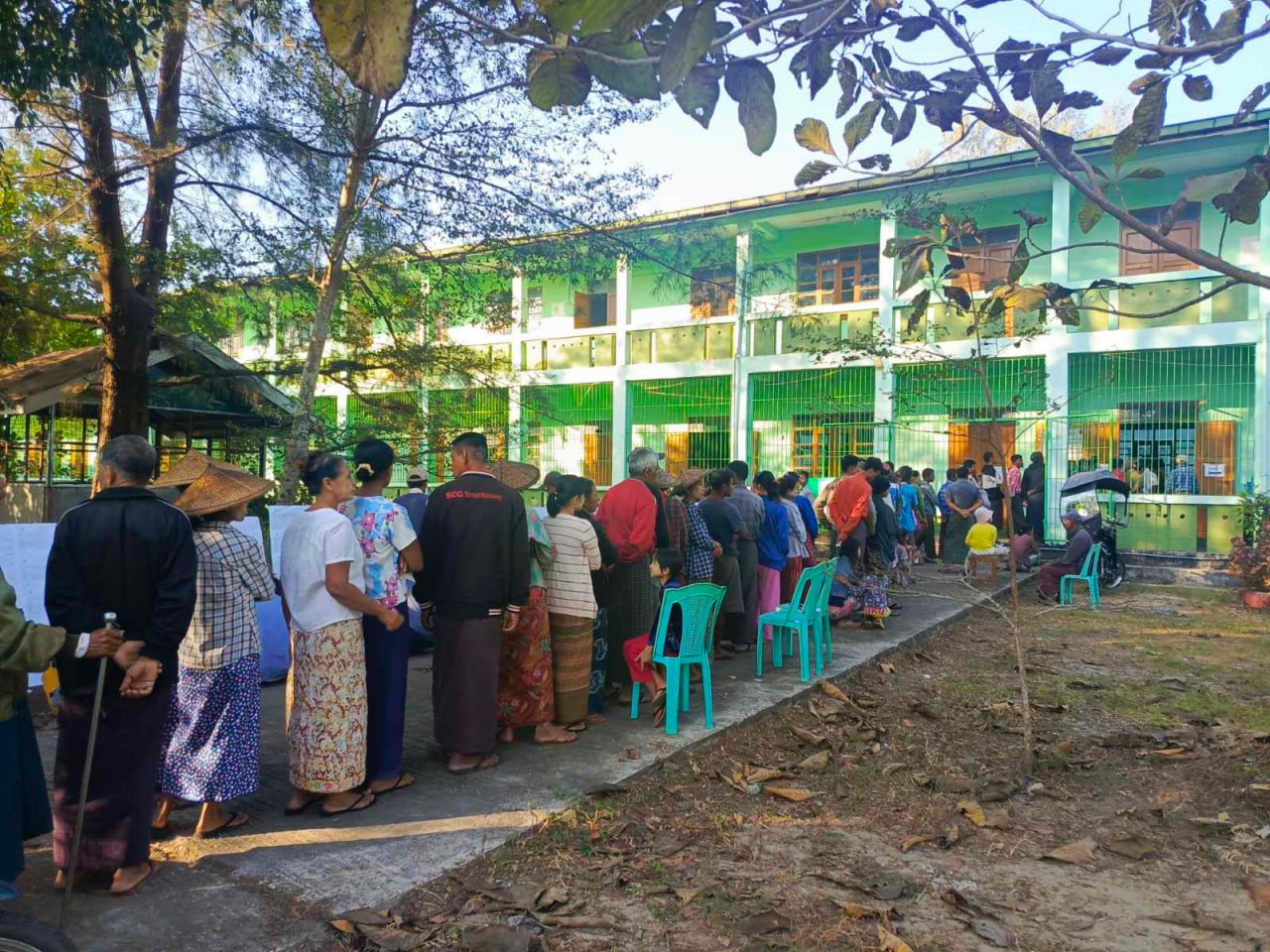

-1.jpg)

